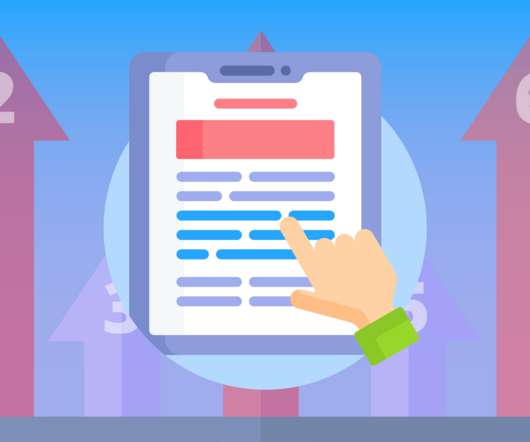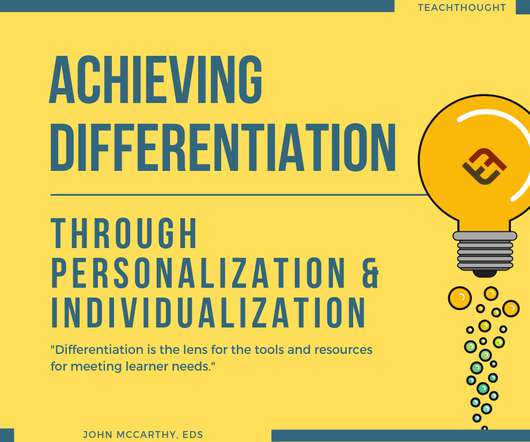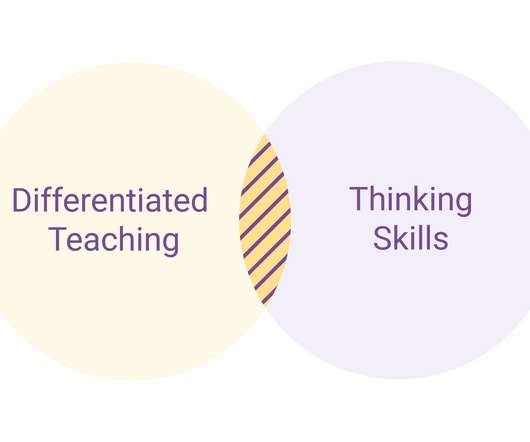Learning Styles: Fact or Fiction? What This Decades-Old Theory Can Teach Us
Waterford
OCTOBER 30, 2019
Also known as the VARK model, this theory presents four distinct ways that students might best process information:[16]. Visual : information presented through images, like graphs or illustrations. Auditory : information presented through sounds, like audiobooks or songs. How would you discover a student’s learning style?



























Let's personalize your content